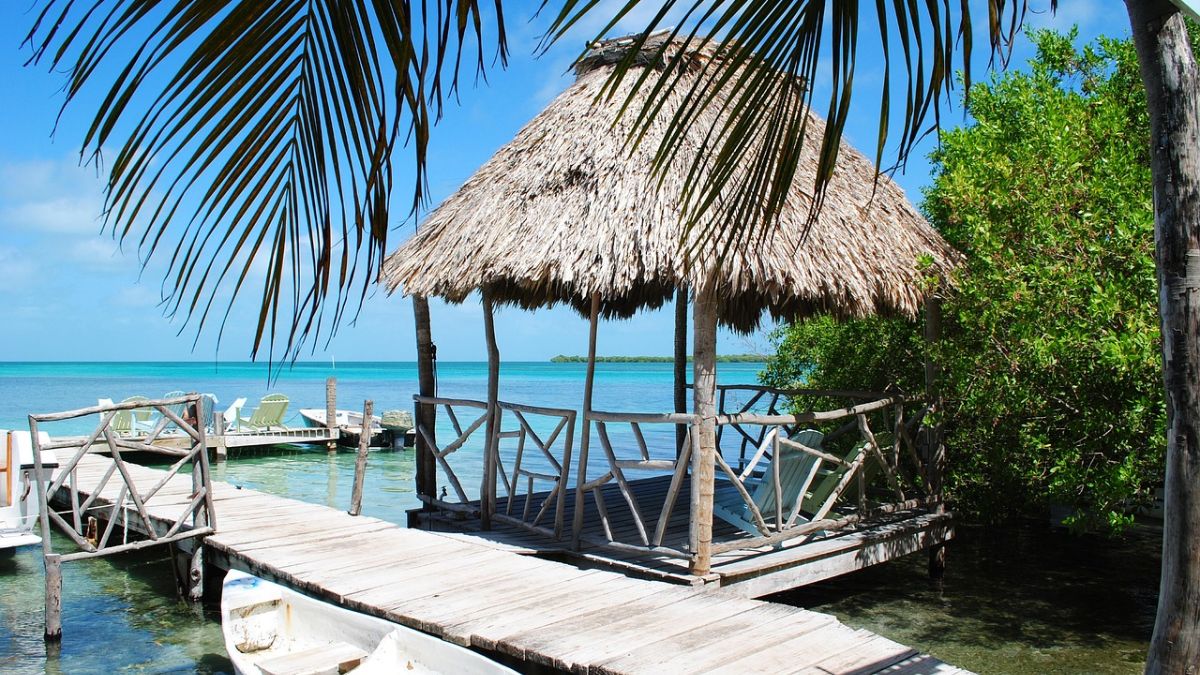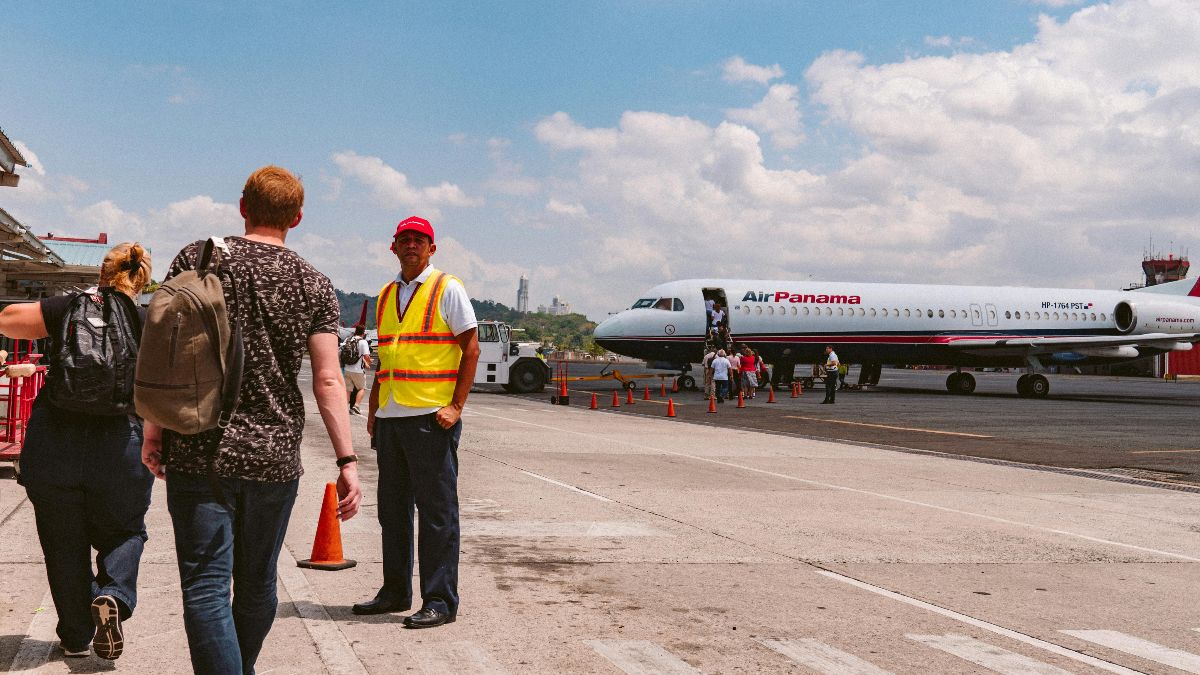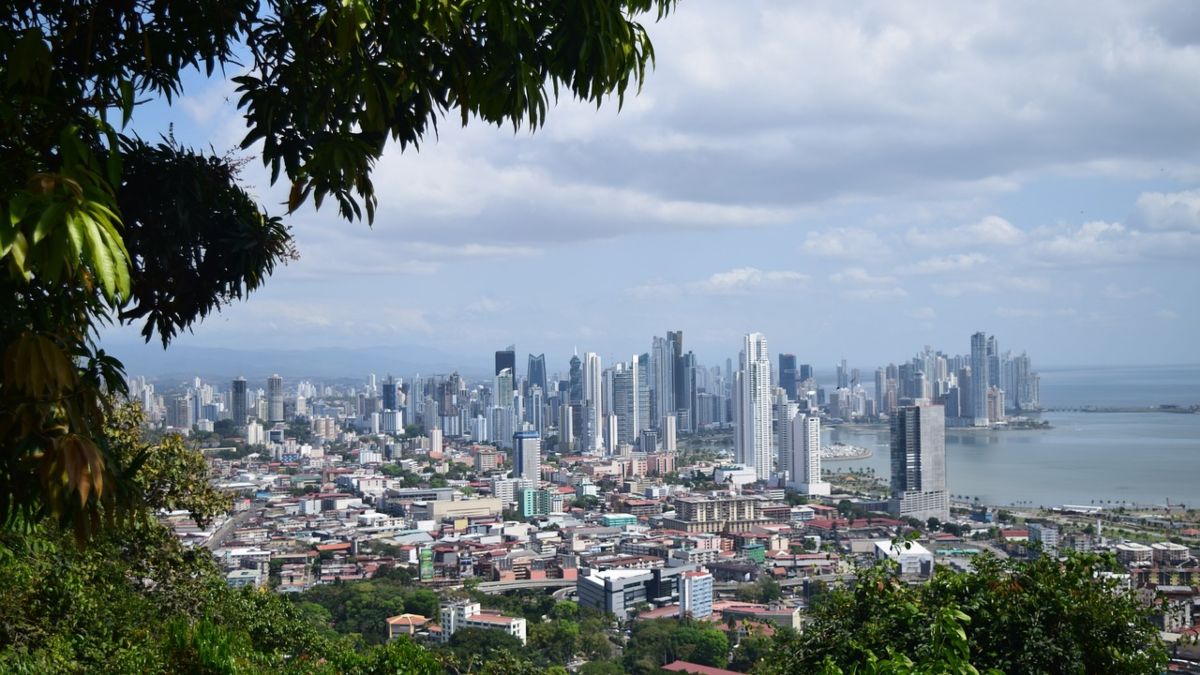Banking in Panama has come a long way since its reputation for secrecy and offshore intrigue. This guide explains how Panama’s banks operate, what’s changed, and how you can open and manage an account safely and legitimately.
There was a time when banking in Panama was seen as secretive. You know, the kind of place where the rich stashed their wealth and the shady hid theirs. Panama shared the same reputation as countries like Switzerland and the Cayman Islands where the rich stashed their wealth and the shady hid theirs. It was seen as a mysterious place in the world of global finance, far removed from the everyday world of your local bank branch. That image stuck, especially after the Panama Papers scandal and the country’s long-standing “anything goes” reputation.
But things have changed and the whole Panama banking thing is no longer all about secrecy and guys with tropical suits and hats and cigars hiding your money from prying eyes. The system has matured, modernized, and opened up. What was once an exclusive, opaque world has become accessible, transparent, and surprisingly straightforward for regular people looking for a secure place to keep their money.
This article breaks down the myths and explains what banking in Panama really looks like today, and how you can take advantage of it safely and legitimately.
The Evolution of Panama’s Banking Sector
Panama’s status as an international financial hub goes back decades. Its use of the U.S. dollar, location at the crossroads of the Americas, and open capital movement policies attracted global money since the mid-20th century. By the 1980s and 1990s, Panama had built one of the most significant offshore banking industries in the Western Hemisphere. The country became known for confidentiality and flexibility, which, while attractive to legitimate investors, also drew those looking to conceal wealth or move funds discreetly.
That reputation peaked in 2016 with the Panama Papers, a leak of over eleven million documents from the law firm Mossack Fonseca. The revelations tied Panama to global tax evasion and money laundering networks and cemented its already existing reputation a symbol of secrecy and shady financial practices.
The scandal proved a turning point. Panama responded with sweeping financial reforms designed to shed its opaque image and align with international standards. It established strong anti-money-laundering and counter-terrorism financing measures, required all companies to maintain accounting records, and made tax evasion a crime. In 2020, Law 129 created a registry of ultimate beneficial owners to identify who actually controls companies. Later updates in 2021 further tightened rules on information exchange and record keeping.
These changes, along with consistent supervision by the Superintendencia de Bancos, brought Panama into compliance with global transparency initiatives. In 2025, the European Union removed Panama from its list of high-risk jurisdictions, a major milestone reflecting years of progress. The country is still monitored closely, but it is now viewed as a legitimate, well-regulated financial center rather than a secrecy haven.
A Modern Banking System
Today, Panama’s banking sector is among the most stable in Latin America. It operates entirely in U.S. dollars, with no exchange controls or restrictions on the movement of capital. The country hosts more than fifty licensed banks, including large domestic institutions, regional players, and two state banks—Banco Nacional de Panamá and Caja de Ahorros.
The system is well capitalized and conservative. Even during the pandemic, when the economy contracted sharply, banks maintained solvency through temporary moratorium laws and prudent oversight. The Superintendency reported liquidity levels well above international standards and total assets exceeding USD 130 billion. That stability continues to anchor Panama’s reputation as a reliable financial hub.
Opening a Bank Account in Panama
Opening an account in Panama is possible for foreigners, but it is not instantaneous. Applicants should expect a thorough vetting process reflecting today’s compliance standards.
Typical requirements include a valid passport and a second ID, proof of address, one or two reference letters from your existing bank, and documentation proving your income or source of funds. Many banks request a minimum deposit between $50 and $1,500, depending on the account type. Non-resident clients may face higher minimums and more documentation.
Applications are usually handled in person, although several banks now allow remote openings under strict conditions. Banistmo, Banesco, and Tower Bank are known to accept foreign applications via video calls and apostilled documents, often with assistance from a Panamanian attorney or relocation specialist. The process can take a few weeks, and documents not in Spanish must be officially translated.
U.S. citizens and tax residents must complete FATCA documentation, while clients from other countries may be asked to fill out forms under the OECD’s Common Reporting Standard. These measures are standard across reputable financial jurisdictions.
Everyday Banking for Expats
Once an account is open, everyday banking feels familiar. ATMs are widespread in cities and shopping centers. Debit cards are accepted nearly everywhere, and international transfers move through the SWIFT network. Some banks also support U.S.-style ACH transfers for smaller cross-border payments.
Major banks like Banco General, Banistmo, BAC International, and Multibank are popular among expats for their online platforms and bilingual service. Their mobile apps are intuitive and available in English, allowing clients to manage accounts, pay bills, and transfer funds without visiting a branch.
Public banks such as Banco Nacional and Caja de Ahorros serve a crucial domestic role but are less flexible for non-residents. They often require legal residency and do not always offer English-language support.
If you use online or mobile banking in Panama, it’s also worth enabling a credit monitoring service to track your transactions and catch any unusual activity early. Most major international providers work with Panama-based accounts, and this small step adds an extra layer of security when managing money abroad.
Banking in Panama Without Living There
You don’t need to live in Panama to bank there, but being a non-resident changes the relationship. Panama’s banks still welcome international clients, yet they treat these accounts as cross-border business rather than domestic retail. The emphasis is on transparency and purpose. Basically they want to know why you want an account and how you’ll use it.
Most non-resident clients are investors, entrepreneurs, or internationally mobile individuals seeking a U.S.-dollar base outside their home country. What distinguishes their experience isn’t the paperwork itself but the level of review. Banks may take longer to verify income sources or business activity, and compliance teams often request updates or supporting documents over time.
Because these accounts operate under international reporting rules, banks expect ongoing communication and spotless documentation. Using a Panamanian attorney or financial intermediary is common but not required. The main advantage is that Panama still offers fully legal, well-regulated banking access to foreigners who prefer to manage assets abroad without physically relocating.
In short, the difference isn’t in what you submit, it’s in how carefully the bank looks at it. For those who are organized and transparent, holding an account in Panama while living elsewhere remains entirely practical.
Offshore Banking in Panama
Panama remains one of the world’s best-known jurisdictions for offshore banking, but its meaning has changed. In the past, “offshore” implied secrecy; today it means convenience and diversification within a regulated system.
Offshore accounts are held mainly by international businesses, investors, and individuals who value U.S.-dollar stability and Panama’s global connectivity. These accounts are lawful and subject to the same due-diligence standards as local ones. Banks must identify beneficial owners and share information under international agreements when required.
Privacy still exists in Panama’s banking law, but secrecy no longer does. Clients choose Panama for efficiency, stability, and access to corporate structures like holding companies and trusts, not for hiding money. Minimum balances tend to be higher, often in the several-thousand-dollar range, and maintenance fees apply. In return, account holders gain flexibility and legal protection within one of Latin America’s most established financial systems.
Why Panama’s Banking Sector Stays Resilient
Part of Panama’s enduring strength lies in regulation and conservative management. The Superintendency of Banks enforces high liquidity requirements and discourages speculative lending. Banks maintain diversified loan portfolios and limit exposure to high-risk sectors.
Economic downturns, including the pandemic slump of 2020, tested this model. Temporary moratorium laws helped borrowers without destabilizing lenders, and by 2022 non-performing loans had already returned to near pre-crisis levels. That resilience reassured international partners and reinforced Panama’s reputation as a safe place to hold assets.
The Digital and Fintech Frontier
Panama’s financial system is gradually embracing digital transformation. Many banks now offer secure online portals, biometric verification, and digital signatures. Fintech companies provide mobile payments and transfer services, though a comprehensive fintech law has yet to be enacted.
Discussions in the National Assembly continue around regulating cryptocurrencies and blockchain technology. A previous bill was vetoed for not aligning with international standards, but the debate signals that Panama is heading toward a modern digital economy grounded in compliance and transparency.
Pros and Cons of Banking in Panama
Having a bank account in Panama offers both advantages and challenges.
Pros
- U.S.-dollar accounts protect against currency risk
- Stable, liquid, and conservatively managed system
- Broad choice of domestic and international banks
- Legal access for both residents and non-residents
- Strong privacy protections within the law
Cons
- Heavy documentation and lengthy approval times
- Higher opening deposits and ongoing fees than some newcomers expect
- Strict international reporting obligations
- Periodic regulatory changes that can affect account eligibility
For most people, the advantages outweigh the drawbacks. Panama offers a mix of security, accessibility, and professionalism rare in the region.
Final Thoughts
Panama’s banking sector has evolved beyond its old reputation for secrecy. The reforms of the past decade transformed it into a transparent, well-regulated, and internationally respected system. It remains a place where you can hold U.S.-dollar accounts, manage investments, and conduct business across borders—but now within a legal and ethical framework that meets global standards.
For expats, investors, and non-residents, Panama’s banks offer stability and confidence in a volatile world. The mystique may be gone, but in its place is something far more useful: a modern, trustworthy financial center that works for ordinary people as well as for the global elite.



